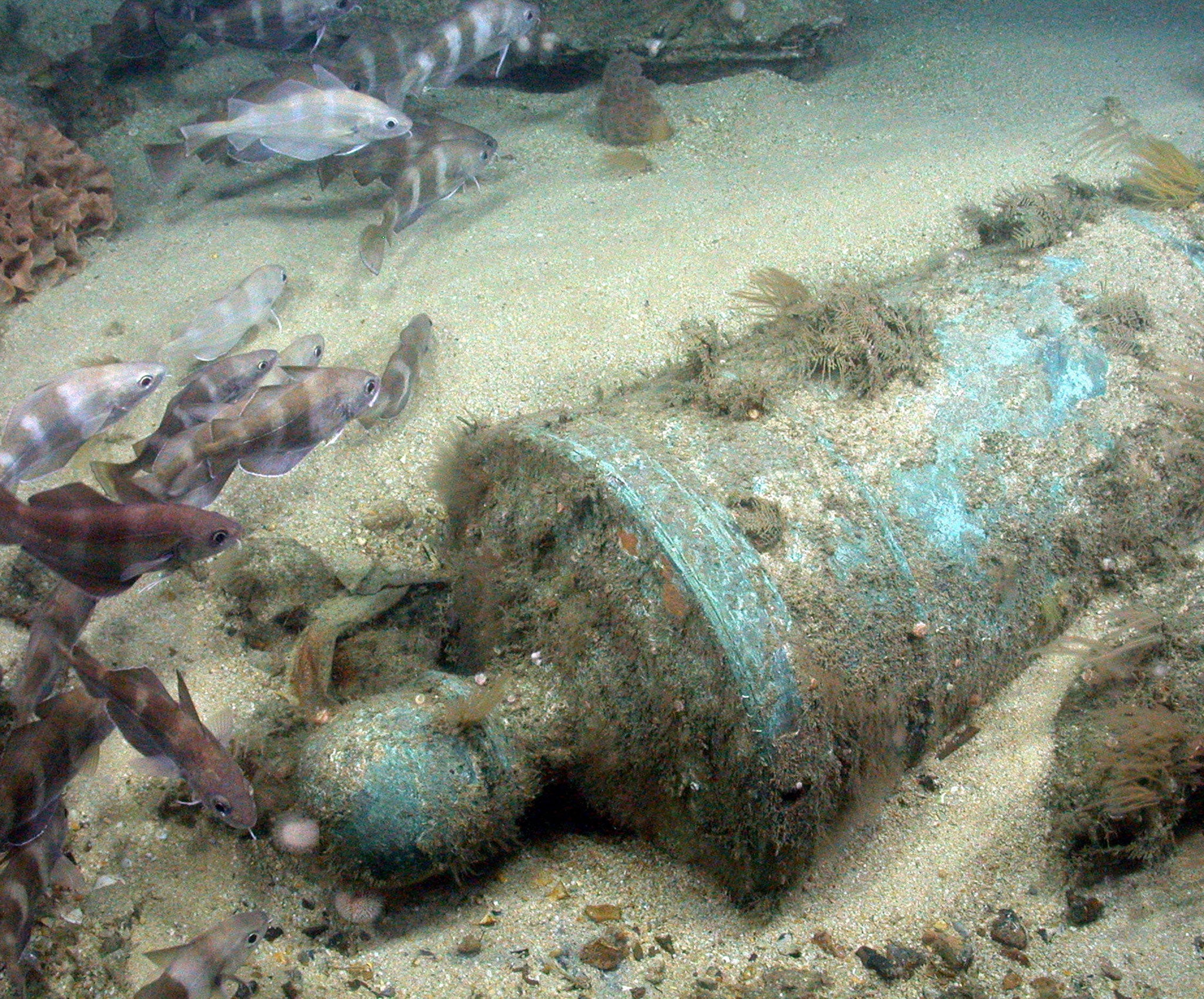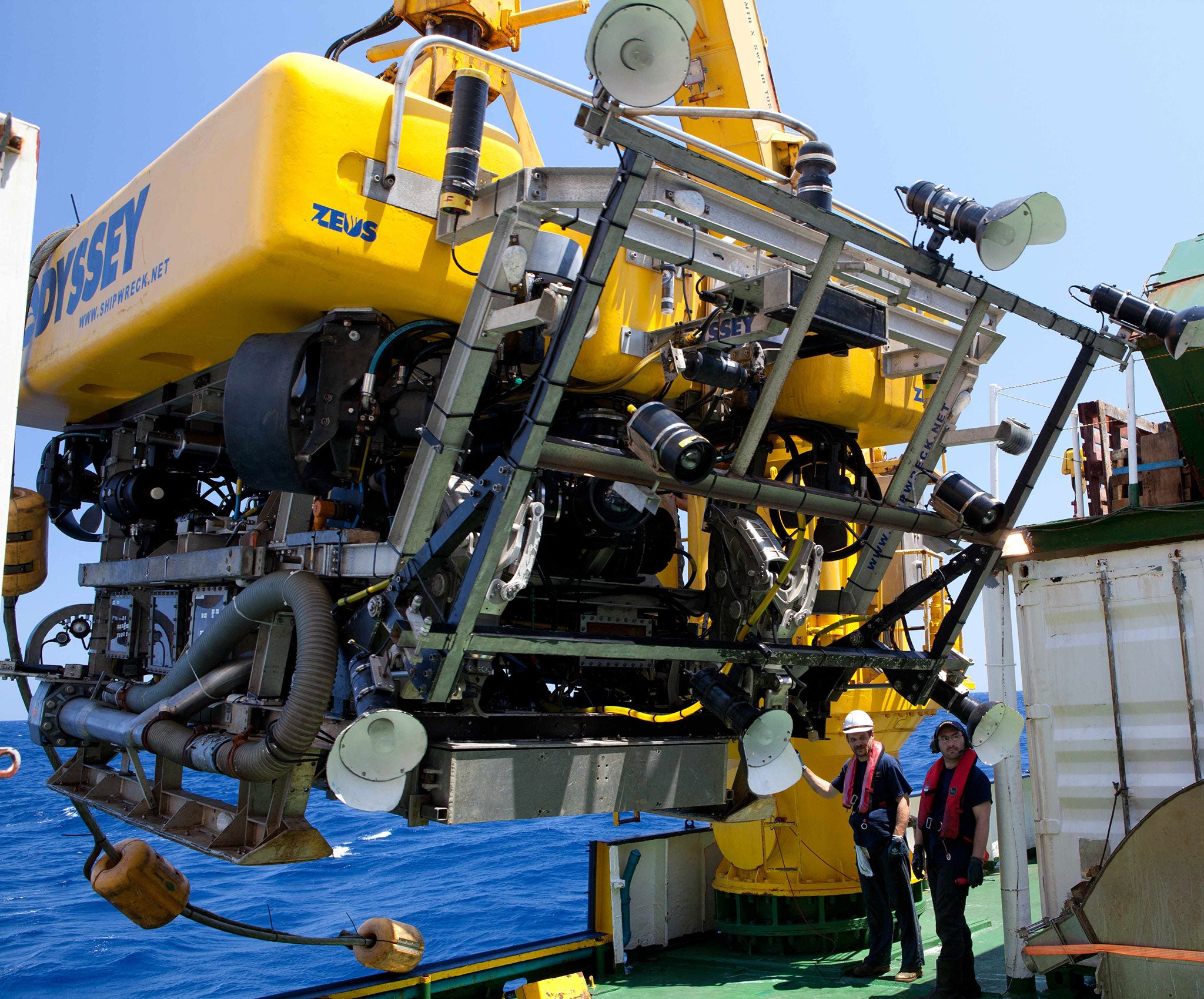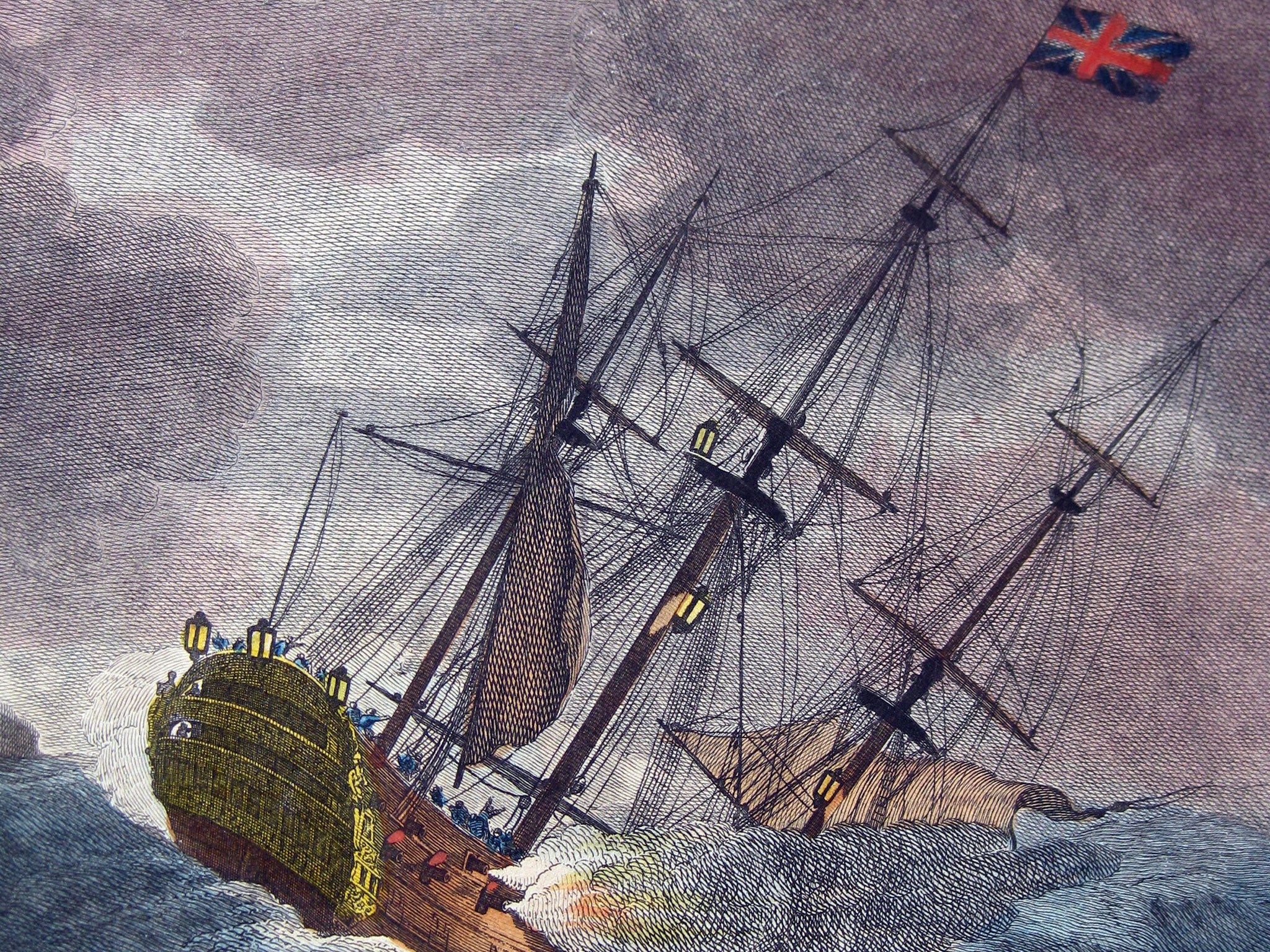HMS Victory: The mystery of Britain's worst naval disaster is finally solved - 271 years later
Exclusive: David Keys reveals the research that finally explains why HMS Victory went down with the loss of 1,100 lives
.jpg)
Your support helps us to tell the story
From reproductive rights to climate change to Big Tech, The Independent is on the ground when the story is developing. Whether it's investigating the financials of Elon Musk's pro-Trump PAC or producing our latest documentary, 'The A Word', which shines a light on the American women fighting for reproductive rights, we know how important it is to parse out the facts from the messaging.
At such a critical moment in US history, we need reporters on the ground. Your donation allows us to keep sending journalists to speak to both sides of the story.
The Independent is trusted by Americans across the entire political spectrum. And unlike many other quality news outlets, we choose not to lock Americans out of our reporting and analysis with paywalls. We believe quality journalism should be available to everyone, paid for by those who can afford it.
Your support makes all the difference.One of Britain’s greatest maritime mysteries has finally been solved.
More than two and a half centuries on, archaeologists have now worked out what caused one of the Royal Navy’s worst disasters – the sinking of the mid 18th century British fleet’s flagship, the Victory. The vessel sank in the English Channel in early October 1744 some 50 miles south-east of Plymouth – and all 1,100 men on-board perished.
It was the greatest single naval disaster ever sustained by Britain in the English Channel.
At the time, and indeed over the intervening centuries, Admiralty officials and naval historians have maintained that the main culprit was the weather – in the form of a major storm that was raging at the time the vessel sank.
But now, a detailed study of the disaster has revealed that it was in fact ultimately caused by more human factors – poor design and sub-standard construction.

The new research – led by British marine archaeologist, Sean Kingsley - strongly suggests that the Victory sank because her design made her particularly vulnerable to major storms and because she had probably been built from sub-standard timbers.
The investigation has revealed that the Royal Navy was quite literally running out of high quality timber at the time the Victory was built – and that, consequently, immature trees and unseasoned timber were being used to construct many of the mid 18th century Royal Navy’s ships.
England’s timber resources had been massively depleted by the Anglo-Dutch wars of the mid 17th century, by the rebuilding of London after the Great Fire of 1666 and by illegal private agricultural encroachment on royal forests.
What’s more, the new research has revealed that levels of organisation within naval shipyards had declined to such an extent that seasoned and unseasoned timbers were not being separated from one another – and sorted according to quality.

Timber storage management in naval dockyards was at such a low ebb that unseasoned timbers were being used – even when seasoned ones were available. Moreover, sapwood was not being adequately removed from cut timbers – and wood was being used for ship construction without it being allowed time to season.
The use of unseasoned timbers meant that ship’s hulls and decks began to rot much faster than would normally have been the case – and were therefore much less able to withstand the huge physical stresses that storms subjected vessels to.
The new research – carried out in conjunction with the UK charity, the Maritime Heritage Foundation and the US-based archaeology company, Odyssey Marine Exploration, which discovered the wreck of the Victory seven years ago – has revealed that the time when the Victory was built was part of a particularly sub-standard period in terms of Royal Navy ship-building activity.
During most of the 18th century, British warships enjoyed between 12 and 17 years of service before they had to go into dry dock for major repairs. However, in the seven year period – 1735 to 1742 – that figure was just 8.8 years. The research, led by Dr Kingsley, suggests that that dip in vessel quality was partly caused by a long succession of mild winters in the 1730s which stimulated trees to produce larger quantities of sapwood, which was then much more difficult and time-consuming to season.

Of particular importance, the new research has also identified serious design flaws in the Victory. Even at the time, the ship was perceived by senior English mariners and by Britain’s French rivals as being badly proportioned – too long for her breadth and too tall with too little compensatory volume at the bottom of the vessel.
The Admiralty at the time was also aware that there was inadequate air circulation in British warships, including the Victory – and this would have led to increased levels of timber deterioration and rotting.
But out of all these factors, one of the most decisive appears to have been the mild winters of the 1730s which meant that timber being felled for use in the Victory had too much sapwood and was therefore almost certainly sub-standard.
All the construction and design flaws in the vessel – launched in 1737 – strongly suggest that the storm which actually sunk her seven years later only did so because the ship was already very vulnerable and weak.
The waves that finally overwhelmed the 53 metre long flagship in 1744 were probably between 7 and 9 metres high – but perhaps not particularly steep (probably no more than 20 degrees).

But, with substantial waves hitting the Victory from various directions (as is common in large storms), it’s likely that the vessel’s prow or stern would have frequently cut into the sides of waves, thus allowing substantial quantities of water to flow into the ship.
Given what is known about the amounts of water that entered other vessels in the same fleet (but did not sink them) during that storm, it is likely that more than three metres of water flowed into the Victory’s hold.
As the vessel was buffeted by the waves the water in the hold would have made manoeuvring the ship virtually impossible. What’s more, that shipped water would have rolled violently from port to starboard and vice-versa with increasing force and momentum, almost certainly helping to tip the vessel over.
The evidence found on the seabed by the archaeological investigation – 50 bronze cannon spread out over the seabed to the east of the wreck – suggests that the ship lurched to one side, filled with water and then sank. It’s likely that parts of the vessel’s superstructure broke up as it began to fill with water on the surface of the sea. Certainly lots of rigging, masts, sails, wooden gun carriages and even the captain’s travel bag (still filled with his final correspondence) were carried by the English Channel’s fierce currents and deposited on the beaches of the Channel Islands, 70 miles to the east.
Because of dangerous currents, tides and the 70 metre depth of the wreck site, the archaeologists – from Florida-based Odyssey Marine Exploration – had to carry out their investigation, using a remotely controlled underwater robot, rather than divers.
Because the Victory was a Royal Navy warship, the wreck belonged to the Ministry of Defence until 2012, but ownership was then transferred to the Maritime Heritage Foundation which hopes to work with its archaeological contractor, Odyssey, to rescue all the cannon and other historic artefacts visible on the seabed. This is necessary because the site is being damaged by fishing trawlers and natural erosion. The foundation also wants to carry out additional investigative work to determine how much of the Victory has survived under the seabed, in what physical state and how the wreck should best be protected. The vessel was the immediate predecessor of its namesake, Nelson’s flagship, which still survives in Portsmouth’s Historic Dockyard.
"When the pride of Britain sank, the Admiralty was in a state of denial over what caused the disaster. Based on wreckage washed onto the Channel Islands, the Casket's lighthouse keeper was falsely blamed, and then the mighty storm was made the scapegoat. Our latest archaeological and historical research now shows for the first time that the Admiralty was well aware that the central culprit was human error and a system failure at the heart of the establishment, a scandal hushed up for centuries," said Dr. Kingsley, a consultant to Odyssey Marine Exploration and Chief Liaison Officer of the Maritime Heritage Foundation.
The research papers – examining what sank the Victory – will be published online on 1 August (on the website www.victory1744.org) by Odyssey Marine Exploration and the Maritime Heritage Foundation.
Join our commenting forum
Join thought-provoking conversations, follow other Independent readers and see their replies
Comments